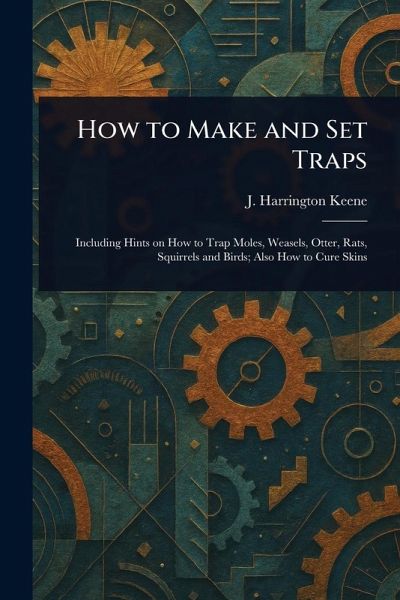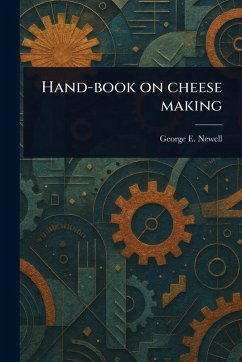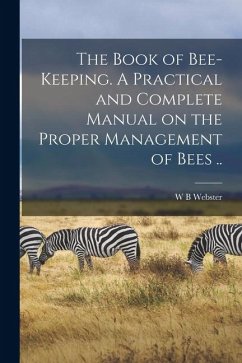
How to Make and Set Traps
Versandkostenfrei!
Versandfertig in über 4 Wochen
15,99 €
inkl. MwSt.

PAYBACK Punkte
8 °P sammeln!
"How to Make and Set Traps" by J. Harrington Keene is a comprehensive guide to the traditional art of trapping, offering detailed instructions on constructing and deploying various animal traps and snares. This historical text delves into the practical skills needed for successful trapping, with specific guidance on targeting animals such as moles, weasels, otter, rats, squirrels, and birds. A valuable resource for anyone interested in hunting, the fur trade, or animal husbandry, this book provides essential knowledge on acquiring animal skins. Beyond the mechanics of trapping, Keene includes ...
"How to Make and Set Traps" by J. Harrington Keene is a comprehensive guide to the traditional art of trapping, offering detailed instructions on constructing and deploying various animal traps and snares. This historical text delves into the practical skills needed for successful trapping, with specific guidance on targeting animals such as moles, weasels, otter, rats, squirrels, and birds. A valuable resource for anyone interested in hunting, the fur trade, or animal husbandry, this book provides essential knowledge on acquiring animal skins. Beyond the mechanics of trapping, Keene includes crucial information on how to properly cure skins, ensuring their preservation and value. Explore time-tested techniques for interacting with nature and acquiring resources, presented in a clear and accessible manner. This book will appeal to those fascinated by historical methods of animal trapping and the enduring skills of outdoor survival. This work has been selected by scholars as being culturally important, and is part of the knowledge base of civilization as we know it. This work is in the public domain in the United States of America, and possibly other nations. Within the United States, you may freely copy and distribute this work, as no entity (individual or corporate) has a copyright on the body of the work. Scholars believe, and we concur, that this work is important enough to be preserved, reproduced, and made generally available to the public. We appreciate your support of the preservation process, and thank you for being an important part of keeping this knowledge alive and relevant.














